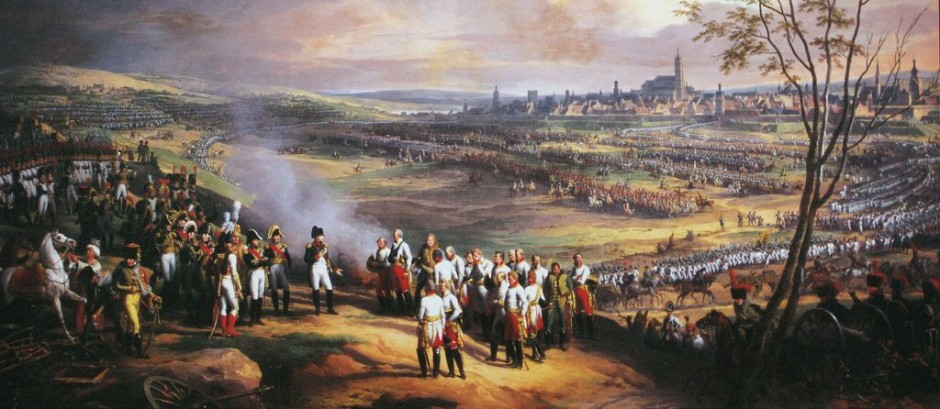What are sources?
Sources are the raw material of history. These include letters, documents, books,
photographs, drawings and paintings, speeches, monuments, statues and buildings, tables and graphs, maps, poems, diaries, songs, etc. They can be written, oral, visual and any other material that is useful to the historian to find historical evidence. Remember that historians construct a view of the past by using what has survived from the past for gleaning of information/evidence.
Primary Sources
A primary source is one that was written/spoken/drawn at or very near the time of the historical event it is describing. It is usually the product of someone who was directly involved in the event or who was, in some sense, an eyewitness to the event.
Advantages of a primary source include:
- It provides a first-hand, contemporary account of the event.
- It provides an insight into the author’s perceptions and emotions at the time of the event.
- If the sources was created by someone who was directly involved in the event, it might give detailed “inside” information that other people could not possibly know.
Disadvantages of a primary source include:
- The source gives us only the opinions of the person who created it; these may not be typical of the opinions prevalent at the time.
- If the source was created by someone who was directly involved in the event, it might contain bias, trying to convince the audience to agree with a particular line of argument.
- Eyewitnesses may not always be completely reliable – they might not have access to the full details of an event or they might be trying to impose their own opinions on the audience.
Primary Source Analysis
| CRITERIA | QUESTIONS TO ASK |
| Author | Who created the source and why? An author who shared in the decision-making process, formulated policy, or was a key participant in the event is a better source than a mere observer. One whose intention is to record the event for those not present is a better source than one who intends to persuade or convince. |
| Circumstances | Was it created through a spur-of-the-moment act, a routine transaction, or a thoughtful, deliberate process? The spur-of-the-moment account could be more emotional than accurate. The routine transaction may be accurate but designed to impress superiors. The thoughtful, deliberate process is likely to give the most accurate and detailed account as long as the intent is to record, not persuade. |
| Eyewitness Status | Did the author have firsthand knowledge of the event? Or, did the author report what others saw and heard? The author could be an eyewitness to some aspects of the event, but not to others. The most accurate account will come from firsthand knowledge of all aspects of what was recorded. |
| Objectivity | Was the author a neutral party, or did the author have opinions or interests that might have influenced what was recorded? An author deeply committed to guiding principles might be ideologically incapable of objectivity. The information could be extremely valuable, but facts need to be checked with more neutral sources. |
| Audience | Did the author produce the source for personal use, for one or more individuals, or for a large audience? If the account was for personal use, it is likely to be most accurate. If it was for a small number of individuals, it is likely to be accurate if the motive was not to persuade or impress. The account intended for a large audience is most dependent upon motive. If the intention was to report, it is likely to be accurate. If it was to persuade or impress, it may be distorted or exaggerated. |
| Public or Private | Was the source meant to be public or private? The source intended for private use is more likely to be accurate than one created for public consumption. |
| Purpose | Did the author wish to inform or persuade others? (Check the words in the source. The words may tell you whether the recorder was trying to be objective or persuasive.) Did the author have reasons to be honest or dishonest? Look for motives. Would the author benefit in some way by distorting or exaggerating the truth? |
| Timeframe | Was the information recorded during the event, immediately after the event, or after some lapse of time? How large a lapse of time? Information recorded during the event or immediately after the event is most likely to be accurate, if the author was not too emotionally involved in the event. If there was a lapse of time, the larger the lapse of time, the greater the likelihood of memory failures. |
